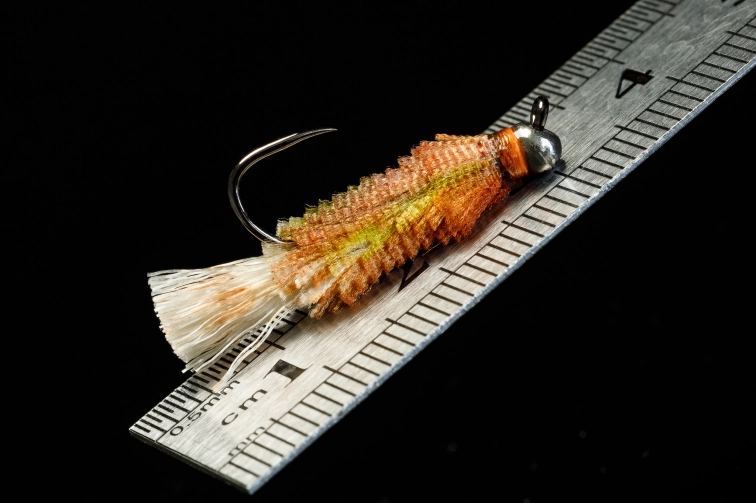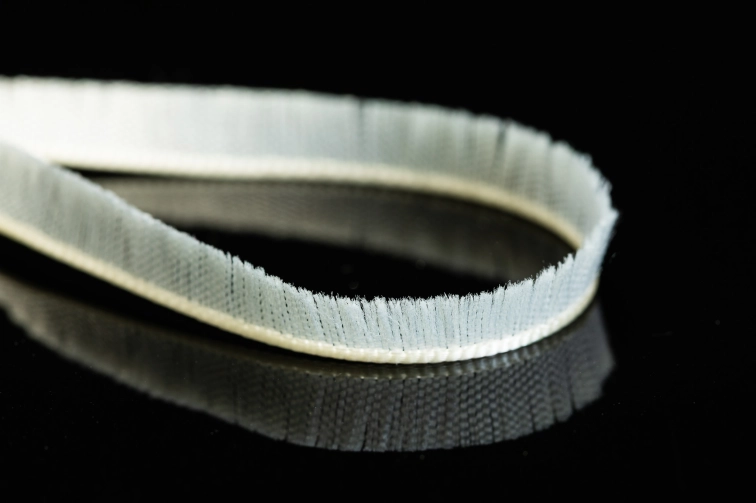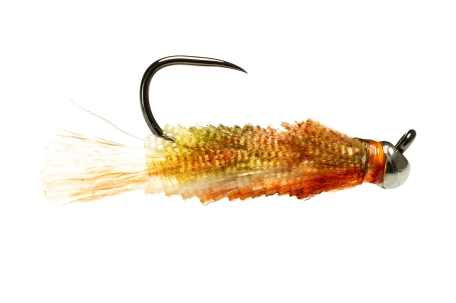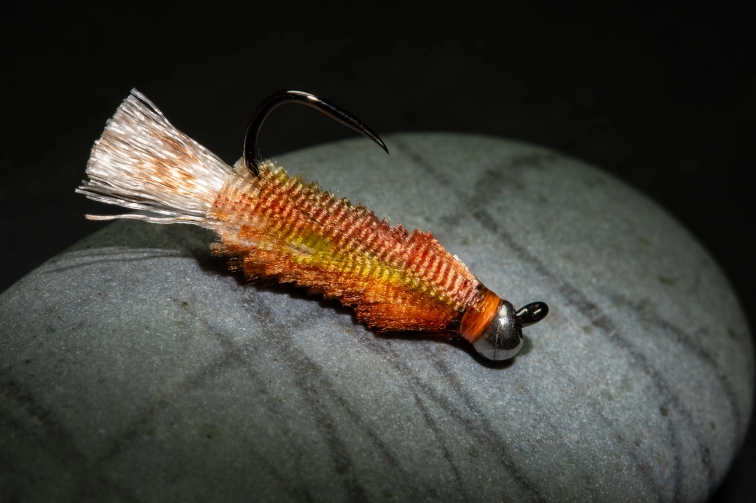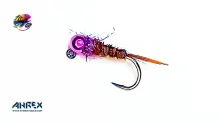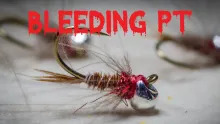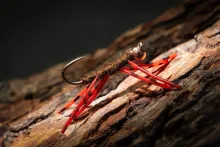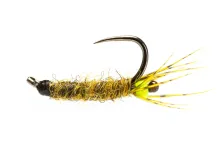This fly lives up to its name. In fact, silk ribbon is the only material used to tie it, apart from hook, bead and thread
Unlike the Woolly Bugger which doesn’t actually include the eponymous material in its construction, the Silky Bugger does contain silk, in fact it’s the only material used to make this little fish imitation.
Most commonly available silk ribbons are not made from natural silk but from artificial silk which is spun from semi-synthetic rayon or viscose fibres made from cellulose extracted from wood or bamboo. As a fly tying materials go it’s pretty cheap, the 6mm cream ribbon I use for the Silky Bugger cost £5 for 30 metres online.
Using silk ribbon is simple, cutting off one woven edge and stripping out the fibres that run along the ribbon produces a herl-like strand that can be wrapped around a hook. Since silk ribbon is woven with spun threads fly bodies tied with silk have a soft texture and appearance as the threads fray into their individual fibres.
Some fly tiers and fishers worry about using synthetic materials in their flies as they are not biodegradable like feathers and fur and may break down to form microplastics in rivers. Artificial silk fibres are fully biodegradable as they retain the natural glucose polymer chains from the cellulose used in their manufacture.
At this point you can leave your Silky Bugger in its naked cream colour, and it will work perfectly well. Or you can grab a couple of marker pens and shade it to imitate a minnow or a fry of whatever species you fancy. Remember that the jig-off bead will make the fly swim point up, so colour it appropriately. The silk threads are crimped during the weaving process which give a nice impression of scales in the finished fly.
Nick Thomas
- Log in to post comments

